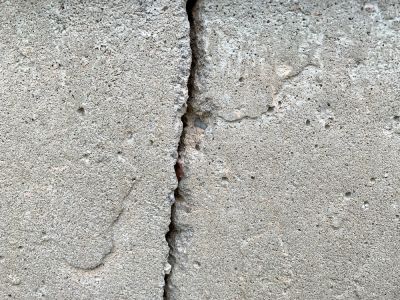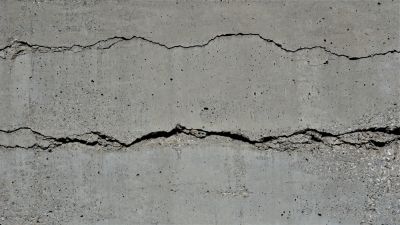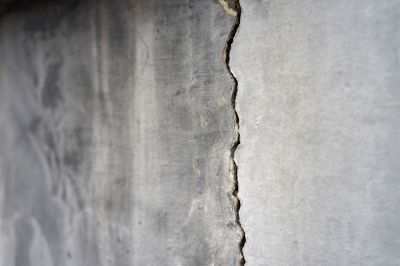Foundation wall crack repair in Los Angeles is an essential service for preserving the stability and safety of any building. Cracks in foundation walls can result from settling soil, hydrostatic pressure, or seasonal temperature changes, and if left untreated, they can lead to serious structural issues and water intrusion. Professional repair services help ensure that these cracks are accurately diagnosed and sealed using appropriate methods tailored to the type of damage. Experienced technicians bring both the tools and the knowledge to perform lasting repairs, giving property owners confidence that their foundation is secure. Investing in expert repair also helps prevent mold growth, basement flooding, and long-term property damage.
🧪 Epoxy Crack Injection
Epoxy injection is a reliable method used to repair non-moving foundation wall cracks that need structural reinforcement. This process involves injecting a high-strength epoxy resin directly into the crack, bonding the concrete back together. It restores the wall’s strength and prevents the crack from spreading further. Technicians make sure the area is properly prepared to ensure the material fully penetrates the void. This method is ideal for narrow or hairline cracks caused by shrinkage or light settling.
💧 Polyurethane Foam Injection
Polyurethane foam is best suited for sealing foundation wall cracks that allow water intrusion. This method works by injecting a flexible foam that expands to fill the crack and block moisture. It remains slightly pliable after curing, allowing for minor wall movement without compromising the seal. Professionals use this technique to address leaks quickly and effectively, even in actively wet cracks. It’s a popular choice for keeping basements dry and preventing mold buildup.
🧱 Carbon Fiber Stitching
Carbon fiber stitching is used to reinforce foundation walls with recurring cracks or structural weakness. By embedding carbon fiber strips across the crack, this technique creates a strong bond that resists future movement. It’s a minimally invasive solution that doesn’t require major excavation or disruption to the home. When applied by trained professionals, carbon fiber stitching provides a sleek, permanent reinforcement. It’s especially useful for horizontal or diagonal cracks under pressure.
🏠 Wall Stabilization Systems
For foundation walls that show signs of bowing or bulging along with cracks, stabilization systems may be needed. Solutions such as wall anchors or I-beams can be installed to reinforce and straighten the wall. This type of repair goes beyond sealing cracks—it addresses the root cause of foundation movement. Professionals evaluate the extent of the damage and recommend the right stabilization system for the structure. It’s an important step for preventing future cracks and ensuring long-term safety.
🔎 Foundation Crack Monitoring
Monitoring services help track the growth or changes in foundation wall cracks over time. This is important for identifying potential structural issues before they worsen. Professionals may install gauges or tracking tools to measure movement, especially in newer cracks. Based on the results, they can recommend the most effective repair strategy. Early monitoring is a proactive step in foundation maintenance.
🧯 Water Management Solutions
Addressing the root cause of foundation wall cracks often involves improving exterior or interior drainage systems. Solutions such as French drains, sump pumps, and proper grading can reduce water pressure against the foundation. These systems work in tandem with crack repairs to prevent future problems. Professionals assess the property’s layout and recommend solutions that help keep the foundation dry. Managing water flow is key to preventing recurring foundation damage.
Secure your home’s foundation by scheduling professional foundation wall c




